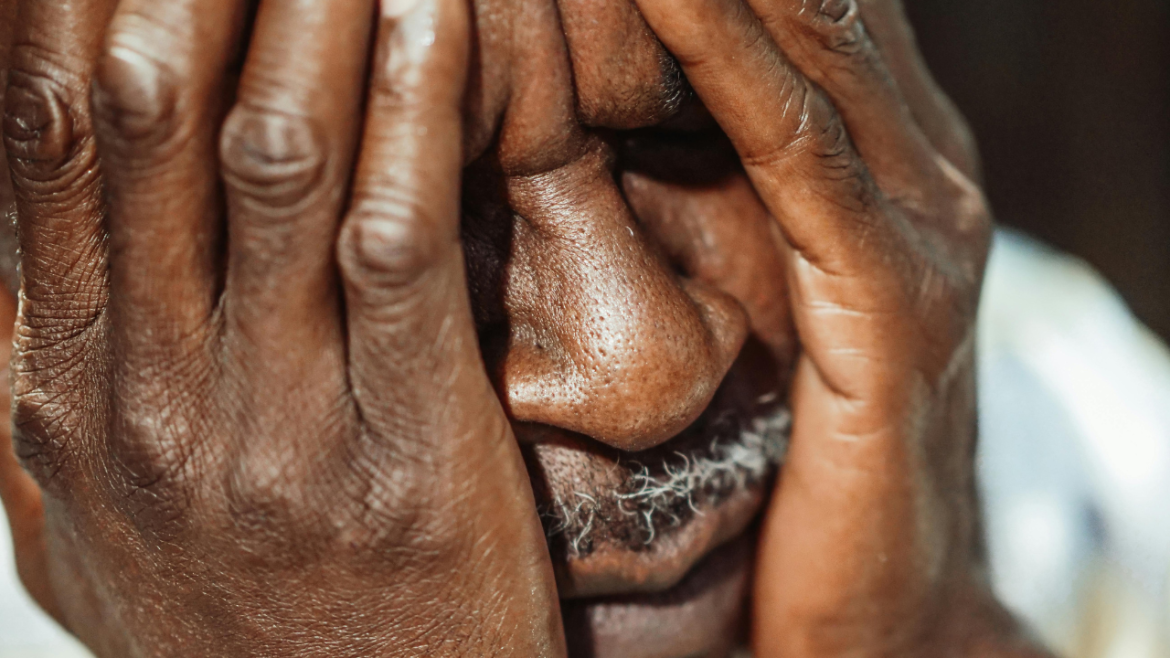Did you know that Leading Edge Senior Care has a Dementia Support Group? We meet monthly in Mesa. For more details <click here>
Skin Tears: Causes, Prevention, Treatment
When it comes to skin tears, understanding their causes, prevention, and treatment is crucial for effective management and care. Skin tears are common injuries, especially among older adults or those with fragile skin.
They occur when the top layer of skin separates from the underlying tissue, resulting in a tear or a rip. These injuries can be painful and slow to heal, making them a significant concern for caregivers and healthcare providers.
Causes of Skin Tears
Skin tears can happen due to various factors, including:
- Friction and Shear: Friction caused by rubbing or pulling on the skin, especially in individuals with limited mobility or who are being repositioned frequently.
- Trauma: Accidental bumps or knocks against objects can cause skin tears, especially in environments with sharp edges or rough surfaces.
- Medical Conditions: Certain medical conditions, such as dry skin, impaired circulation, or the use of medications that affect skin integrity, can increase the risk of skin tears.
- Age-related Changes: As skin ages, it becomes thinner, less elastic, and more fragile, making it more susceptible to tears even with minor trauma.
Prevention Strategies
Preventing skin tears involves adopting proactive measures to protect the skin’s integrity:
- Keep Skin Moisturized: Regularly moisturize the skin to maintain its elasticity and prevent dryness, which can contribute to skin tears.
- Use Soft Bedding and Clothing: Use soft, non-abrasive bedding and clothing to minimize friction and shear forces on the skin.
- Implement Fall Prevention Measures: Reduce the risk of falls by ensuring a safe environment and using assistive devices when needed.
- Handle With Care: Be gentle when handling individuals at risk of skin tears, avoiding excessive pulling or tugging on the skin.
Treatment Approaches
When a skin tear occurs, prompt and appropriate treatment is essential:
- Clean the Wound: Gently clean the skin tear with mild soap and water to remove debris and reduce the risk of infection.
- Apply a Moisturizing Barrier: Use a skin protectant or barrier cream to create a protective layer over the wound and promote healing.
- Cover the Wound: Cover the skin tear with a non-adherent dressing to protect it from further trauma and promote a moist wound healing environment.
- Monitor for Complications: Keep a close eye on the wound for signs of infection, such as increased redness, swelling, or drainage, and seek medical attention if necessary.
In conclusion, understanding the causes, implementing preventive strategies, and providing appropriate treatment are key aspects of effectively managing skin tears.
By prioritizing skin health and taking proactive measures, caregivers and healthcare professionals can help minimize the occurrence of skin tears and promote optimal healing outcomes.

